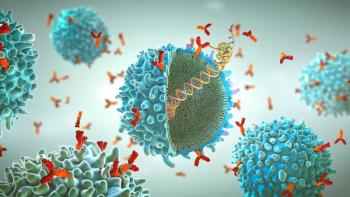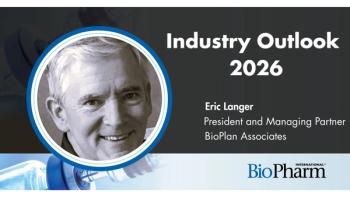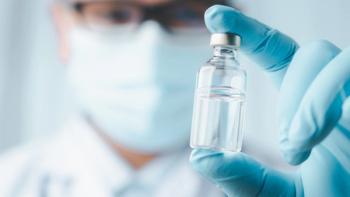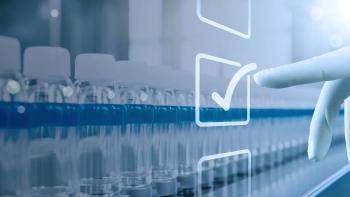
- BioPharm International-12-01-2018
- Volume 31
- Issue 12
Separation and Purification of a Tissue-Type Plasminogen Activator from Trichoderma reesei
This research proposes a method for separating and purifying tissue-type plasminogen activator from a fungal cell source.
This work was designed to establish methods for purifying a fibrinolytic enzyme with high purity and fibrinolytic activity from Trichoderma reesei-submerged culture liquid. Presently, the majority of tissue-type plasminogen activator (t-PA) is separated and purified from biological tissues or anima cells. Separation and purification of t-PA from genetically recombined T. reesei, a fungus, has not been reported. This research proposes a method for separating and purifying t-PA from this fungal cell source. The method, characterized by low cost, high activity recovery, and simple operation, can be applied in clinical settings.
Click
for a PDF of the article.
Peer-Reviewed
Submitted: April 10, 2018
Accepted: May 3, 2018
About the authors
Jinhua Shao, Fulin He*, 18500327677@163.com, and Xiaoming Chen are at the School of Chemical and Biological Engineering, Hunan University of Science and Engineering; Yufei Zhang is at the Key Laboratory of Anti-fibrous Biological Therapy, MuDanjiang Medical University; and Zhiyong Zhu is at the College of Computer Science, Hunan University of Science and Engineering.
*To whom correspondence should be addressed.
Article details
BioPharm International
Volume 31, Issue 12
December 2018
Pages: 30–38
Citation
When referring to this article, please cite it as J. Shao et al., “Separation and Purification of a Tissue-Type Plasminogen Activator from Trichoderma reesei,” BioPharm International 31 (12) 2018.
Articles in this issue
about 7 years ago
Unprocessed Bulk Testing for Biopharmaceuticalsabout 7 years ago
Investigation Timeliness vs. Thoroughness: Finding the Right Balanceabout 7 years ago
Overcoming Challenges in ADC Bioconjugation at Commercial Scaleabout 7 years ago
Contract Organizations Expanded in Autumnabout 7 years ago
Going Beyond the Surface to Ensure Supplier Qualityabout 7 years ago
BioPharm International, December 2018 Issue (PDF)about 7 years ago
NIST Fluorescence-Based Measurement Servicesabout 7 years ago
Bringing Quality into the Forefrontabout 7 years ago
Achieving Process Balance with Perfusion Bioreactorsabout 7 years ago
Quality Manufacturing Key to Reducing Drug ShortagesNewsletter
Stay at the forefront of biopharmaceutical innovation—subscribe to BioPharm International for expert insights on drug development, manufacturing, compliance, and more.




